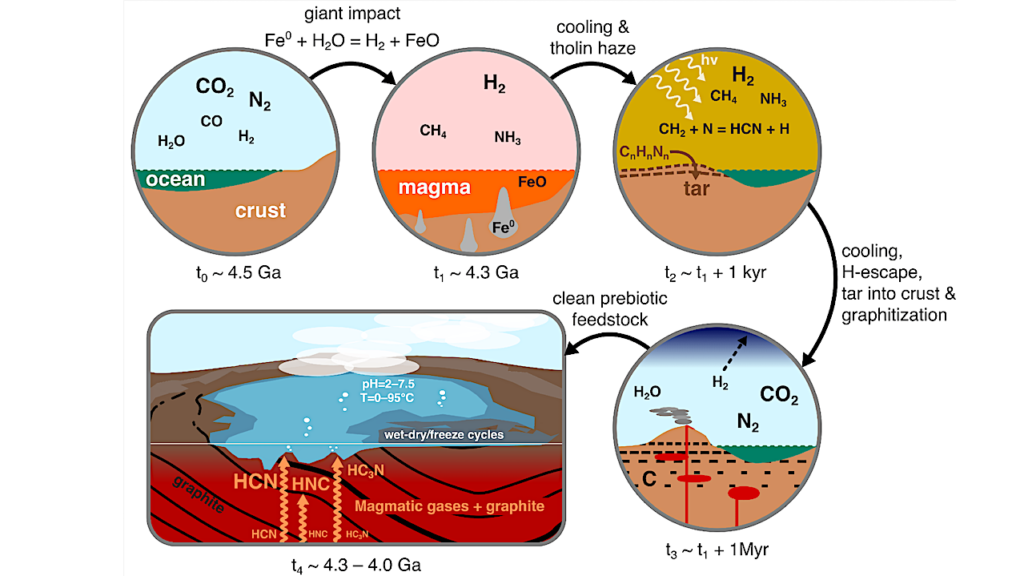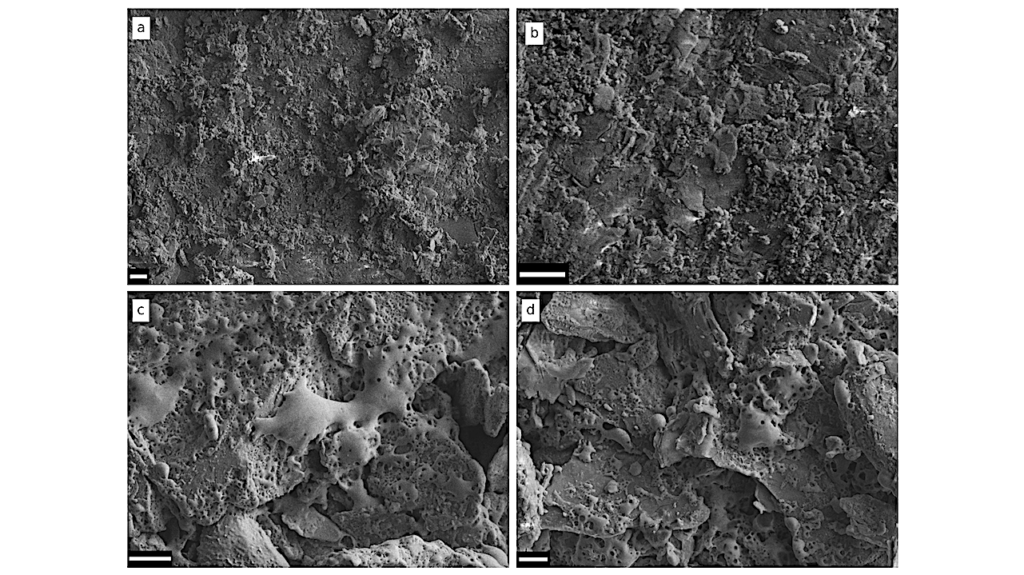The K Dwarf Advantage for Biosignatures on Directly Imaged Exoplanets

Oxygen and methane are considered to be the canonical biosignatures of modern Earth, and the simultaneous detection of these gases in a planetary atmosphere is an especially strong biosignature.
However, these gases may be challenging to detect together in the planetary atmospheres because photochemical oxygen radicals destroy methane. Previous work has shown that the photochemical lifetime of methane in oxygenated atmospheres is longer around M dwarfs, but M dwarf planet habitability may be hindered by extreme stellar activity and evolution. Here, we use a 1-D photochemical-climate model to show that K dwarf stars also offer a longer photochemical lifetime of methane in the presence of oxygen compared to G dwarfs. For example, we show that a planet orbiting a K6V star can support about an order of magnitude more methane in its atmosphere compared to an equivalent planet orbiting a G2V star.
In the reflected light spectra of worlds orbiting K dwarf stars, strong oxygen and methane features could be observed at visible and near-infrared wavelengths. Because K dwarfs are dimmer than G dwarfs, they offer a better planet-star contrast ratio, enhancing the signal-to-noise (SNR) possible in a given observation. For instance, a 50 hour observation of a planet at 7 pc with a 15-m telescope yields SNR = 9.2 near 1 um for a planet orbiting a solar-type G2V star, and SNR = 20 for the same planet orbiting a K6V star. In particular, nearby mid-late K dwarfs such as 61 Cyg A/B, Epsilon Indi, Groombridge 1618, and HD 156026 may be excellent targets for future biosignature searches.
Giada N. Arney
(Submitted on 28 Jan 2020)
Comments: Published in Astrophysical Journal Letters in March 2019
Subjects: Earth and Planetary Astrophysics (astro-ph.EP); Solar and Stellar Astrophysics (astro-ph.SR)
Journal reference: The Astrophysical Journal Letters, 873(1), L7 (2019)
DOI: 10.3847/2041-8213/ab0651
Cite as: arXiv:2001.10458 [astro-ph.EP] (or arXiv:2001.10458v1 [astro-ph.EP] for this version)
Submission history
From: Giada Arney
[v1] Tue, 28 Jan 2020 16:42:09 UTC (2,417 KB)
https://arxiv.org/abs/2001.10458
Astrobiology








